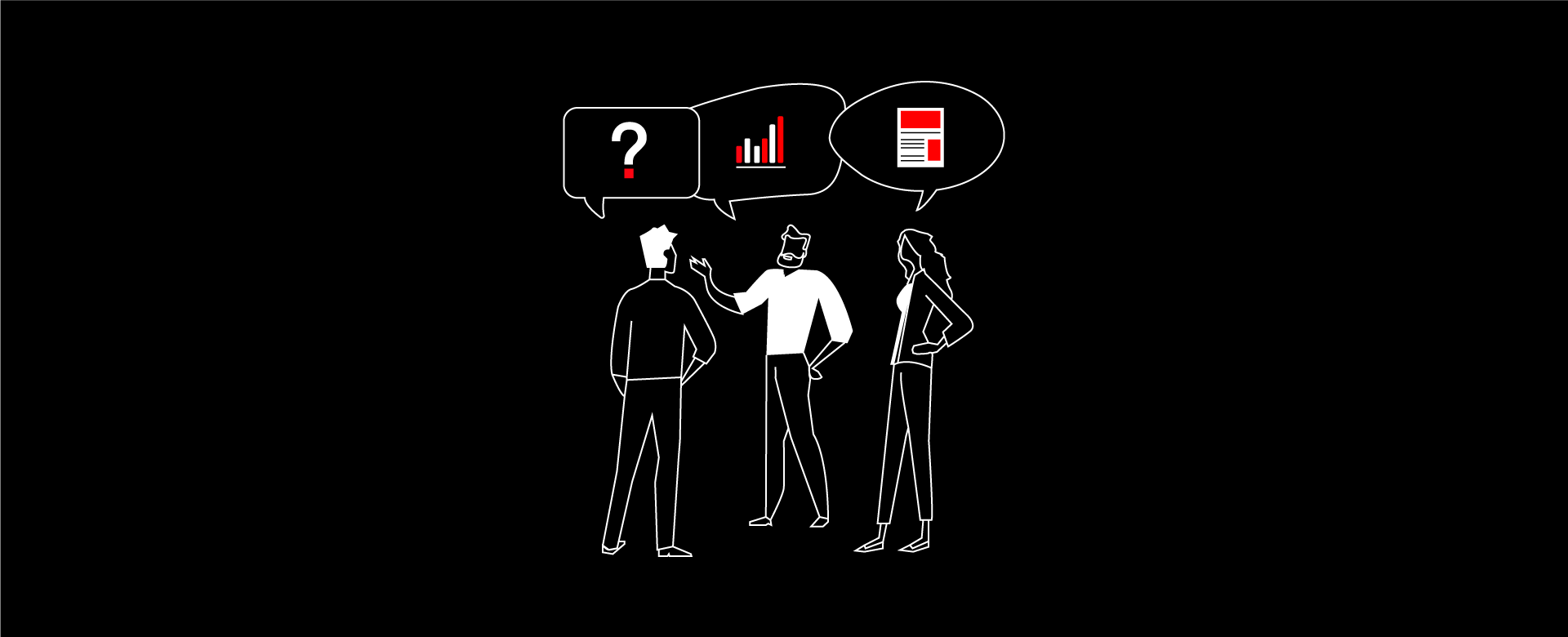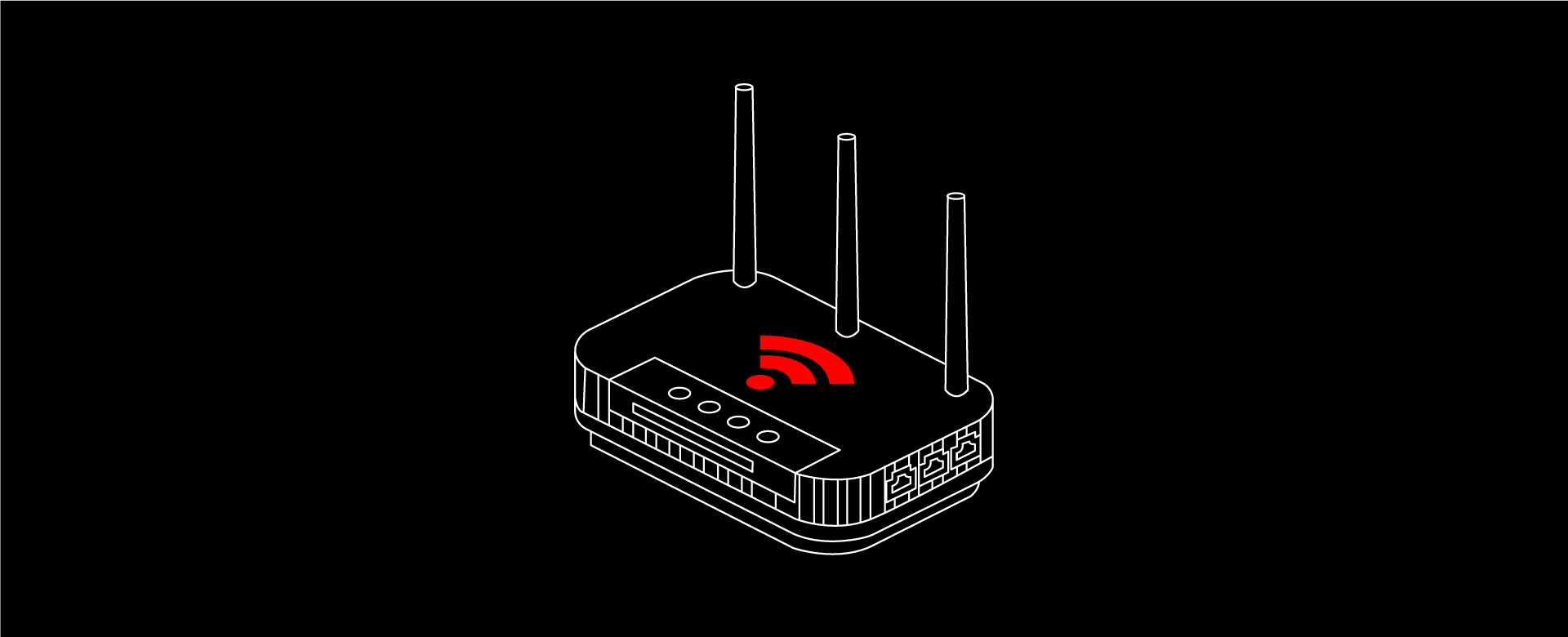In the bustling realm of internal communications (IC), one pivotal element that often goes overlooked is the understanding of employee personas. These fascinating character profiles provide a window into a company’s workforce.
From the diligent tech wizard who lives and breathes innovation to the enthusiastic social butterfly who sparks contagious energy, employee personas offer valuable insights for crafting effective IC strategies.
So, how do they shape the fabric of corporate culture?
The Visionary Trailblazer
At the helm of every organisation, you’ll find the Visionary Trailblazer; someone who’s brimming with ideas and a tireless appetite for innovation. This persona thrives on opportunities to reshape the company’s future, eagerly seeking out the next big breakthrough. To engage the Visionary Trailblazer, IC should think about offering a platform for brainstorming sessions, sharing cutting-edge industry trends and fostering a culture of continuous improvement.
The Analytical Problem-Solver
Meet the Analytical Problem-Solver, armed with spreadsheets, data-driven insights and an insatiable thirst for cracking complex challenges. This persona’s cerebral prowess and methodical approach ensures that no problem is left unsolved. IC should emphasise logical reasoning, present structured information, and provide opportunities for critical thinking and problem-solving exercises, to effectively communicate with the Analytical Problem-Solver.
The Social Connector
There’s a Social Connector in every office; a vivacious persona whose mere presence electrifies the room. They possess an uncanny ability to forge connections, build camaraderie and bring diverse teams together. To capture the attention of the Social Connector, IC should consider incorporating elements of fun, team-building activities, and foster an inclusive, collaborative environment.
The Detail-Oriented Perfectionist
Ever met that colleague who spots the smallest typo from a mile away? That’s the Detail-Oriented Perfectionist. This meticulous persona ensures that every comma is in its place, every PowerPoint slide is pixel-perfect and every document is flawlessly formatted. To engage the Detail-Oriented Perfectionist, IC should focus on precision, accuracy, and attention to detail, providing well-structured guidelines and templates.
The Enthusiastic Learner
Enter the Enthusiastic Learner, a perpetual student who craves knowledge and growth opportunities. This persona views each new project as an opportunity to acquire new skills and broaden their horizons. To captivate the Enthusiastic Learner, IC should offer a variety of learning resources, training programmes and platforms for knowledge sharing.
The Empathetic Supporter
Behind every successful team, there’s an Empathetic Supporter. This persona possesses exceptional listening skills and a genuine desire to help colleagues overcome challenges. They are the go-to person for advice, encouragement and an empathetic ear. Providing opportunities for team recognition and promoting employee well-being initiatives is a great way to tap into this persona’s needs.
Good stuff but how do we build our own employee personas?
- First of all, talk to your colleagues with experience in building personas.
- Talk to your employees. Set up working or focus groups. Understand their wants, needs and niggles.
- Decide what criteria you’ll use to categorise your personas.
- Build and store your new personas.
- Test them out. They’ll naturally evolve over time but keep going.
Making use of personas
Having realistic expectations is important. In reality, you won’t be able to generate an optimum number of personas to cater for everyone but you can create examples highlighting common problems, based on your research or data. Addressing key challenges, segmenting your audience, deciding on preferred channels for communication and understanding what motivates your employees are all hugely beneficial learnings for cultivating positive engagement and hanging on to your staff. These learnings often have a domino effect, resulting in meeting your customers’ needs, meaning the business wins too.
Employee personas should serve as a guide to understanding your workforce’s needs. By striking the right balance between personalisation and authenticity, organisations can create a workplace culture where IC thrives, driving engagement to new heights.


